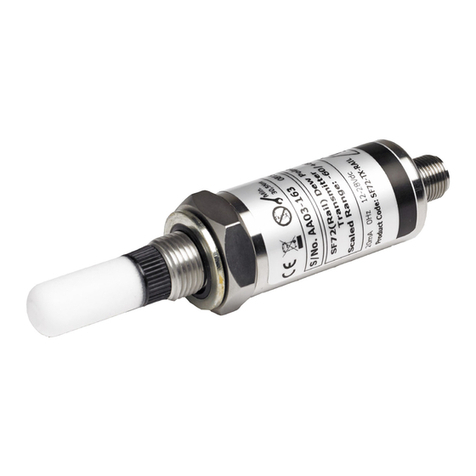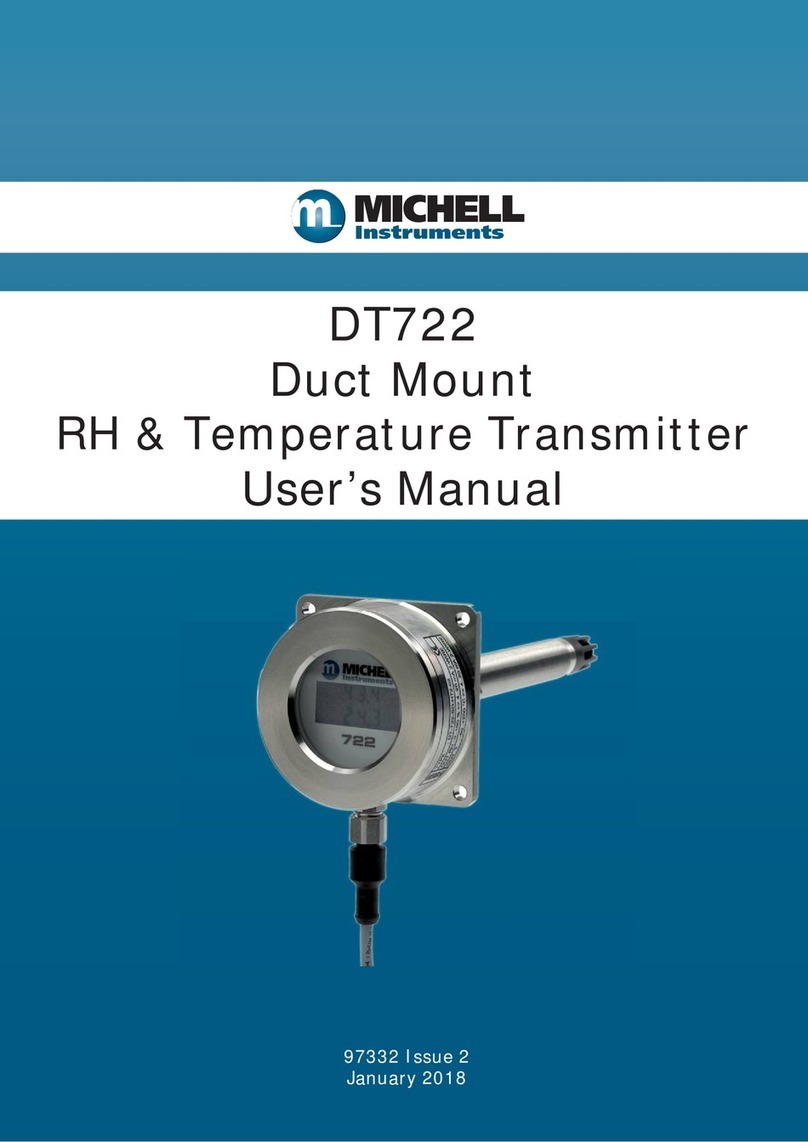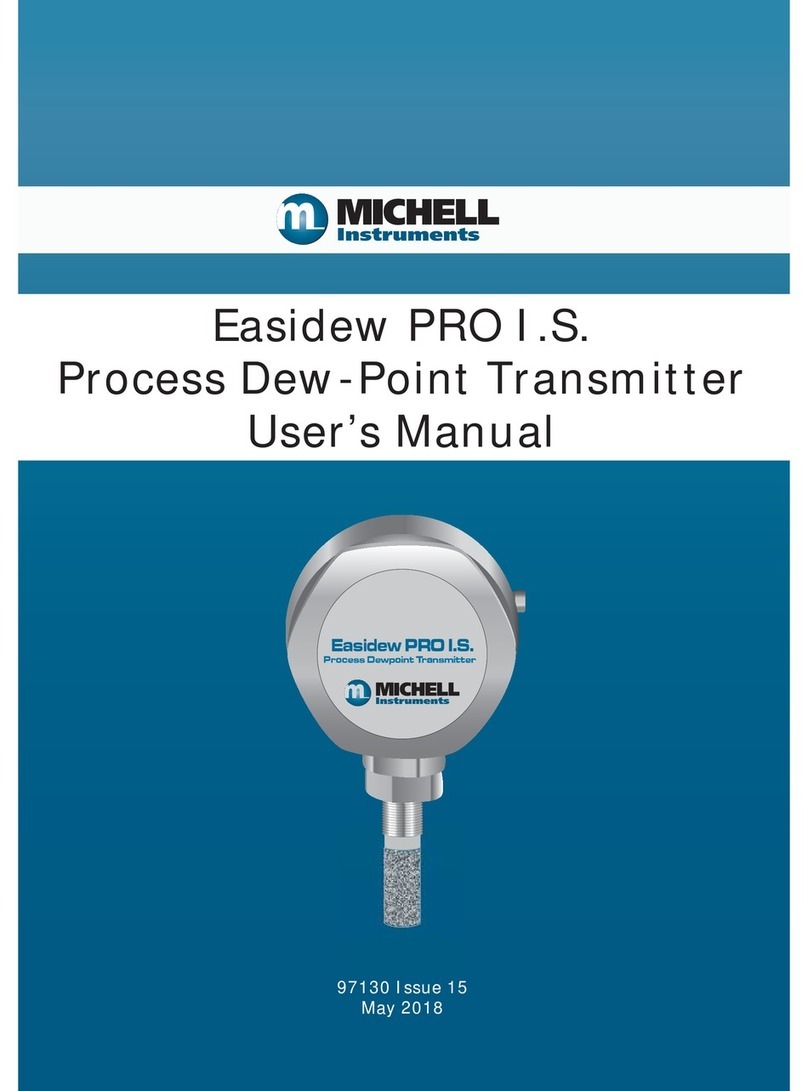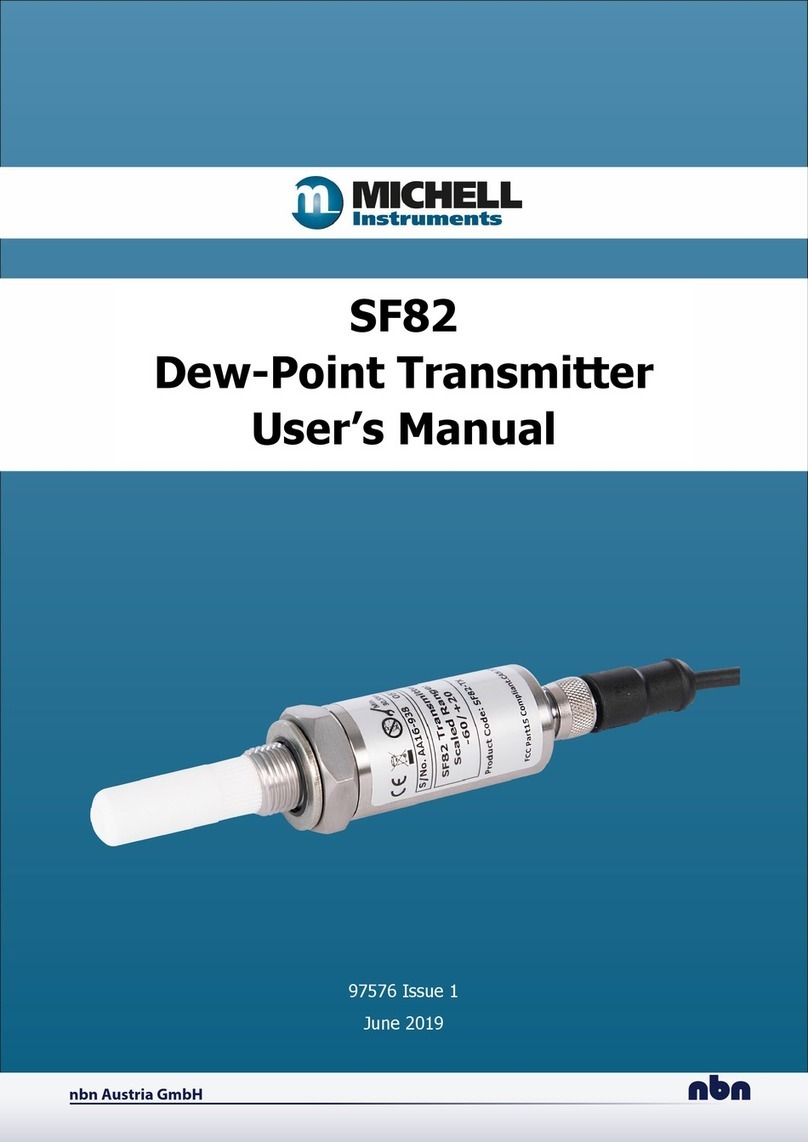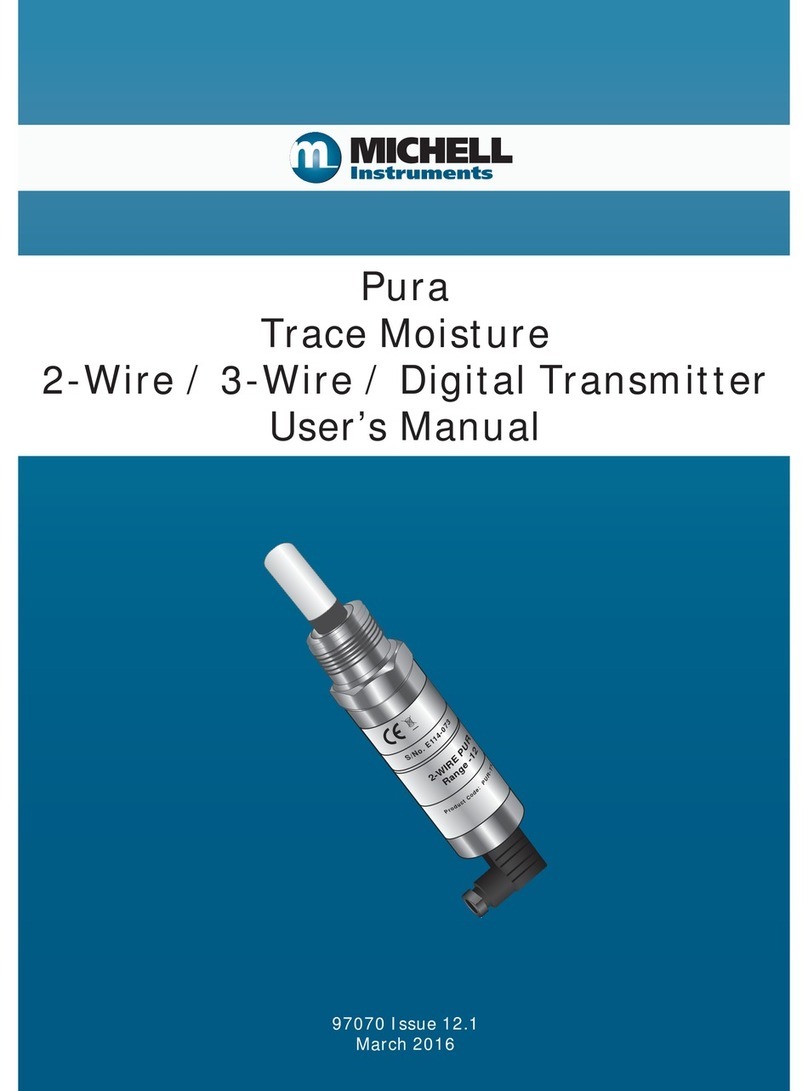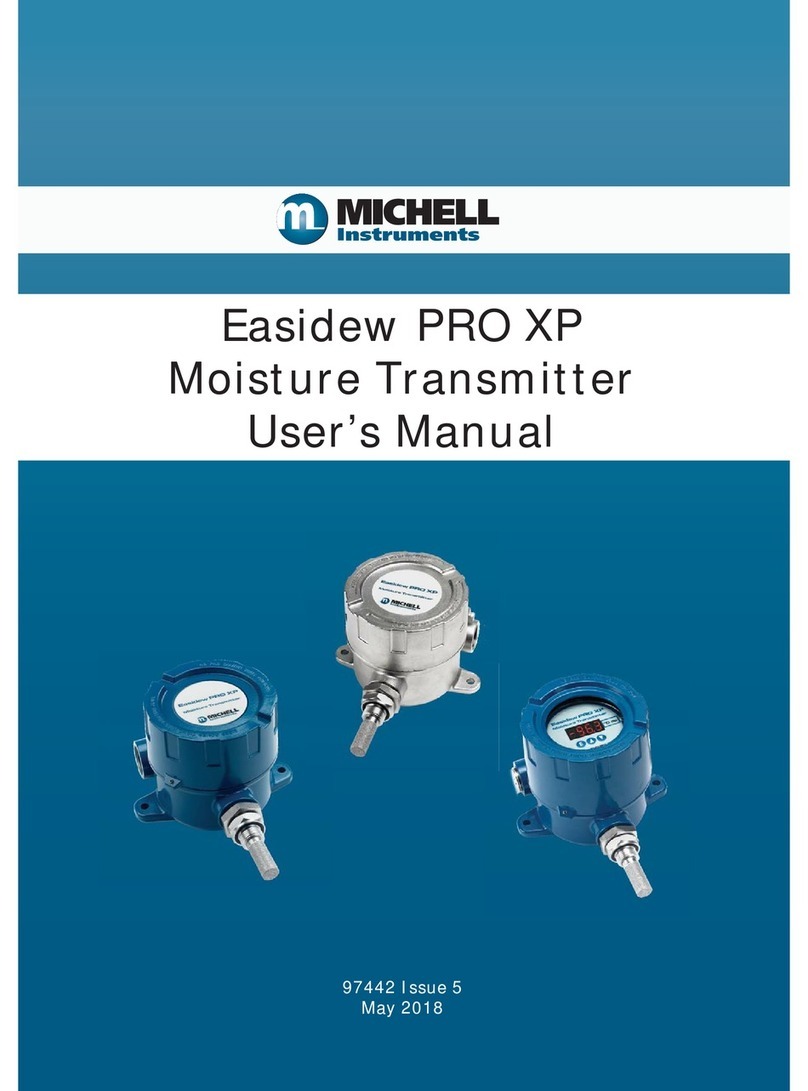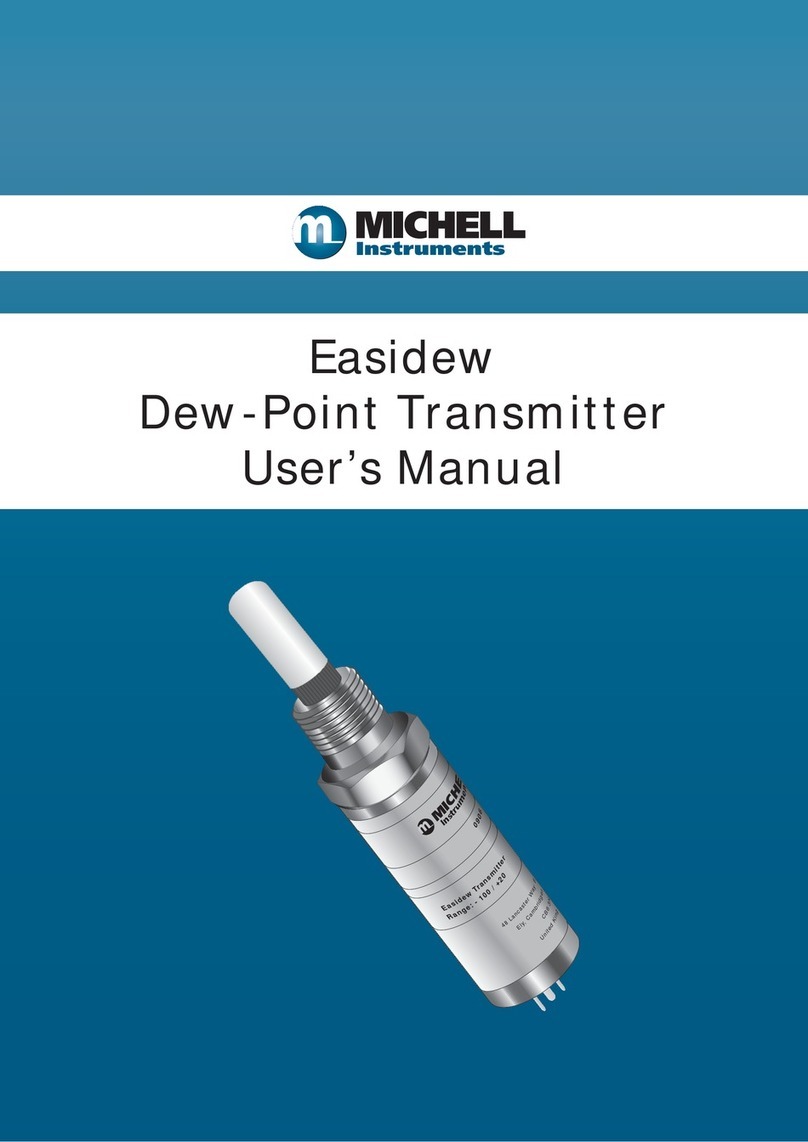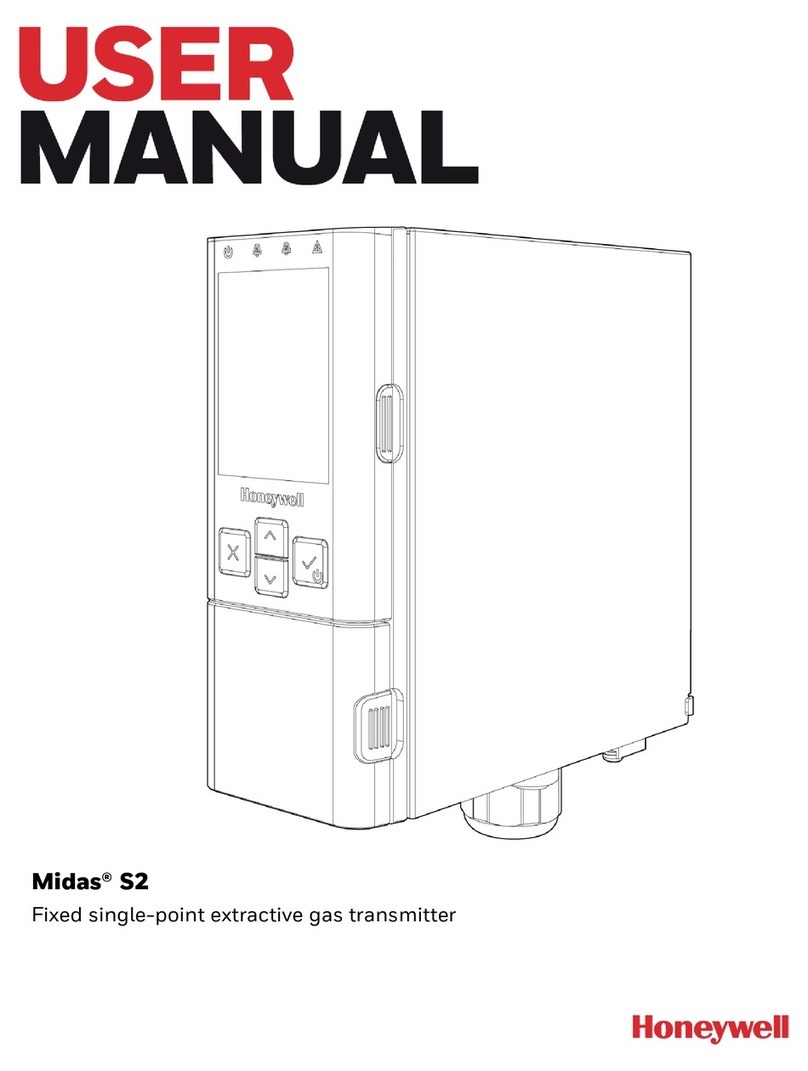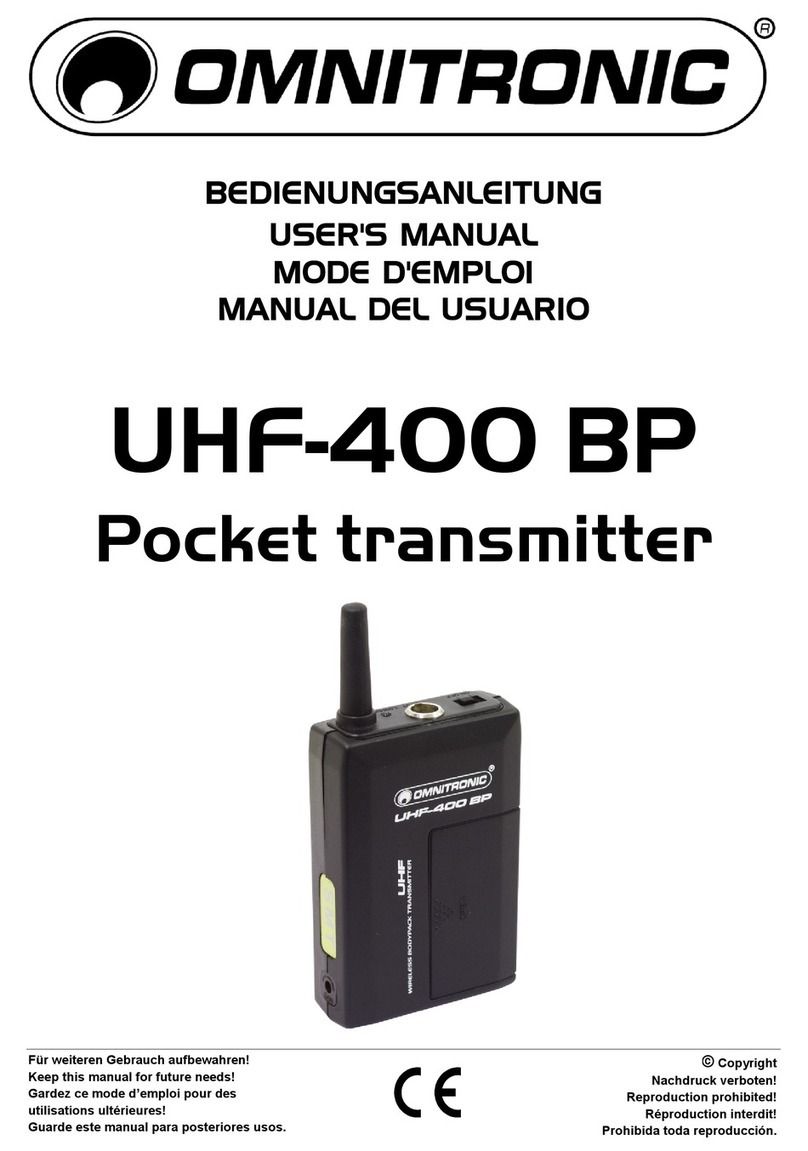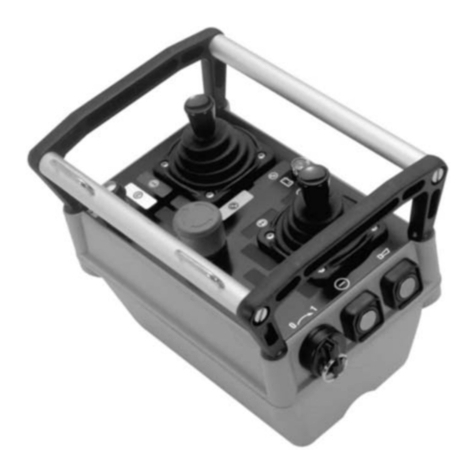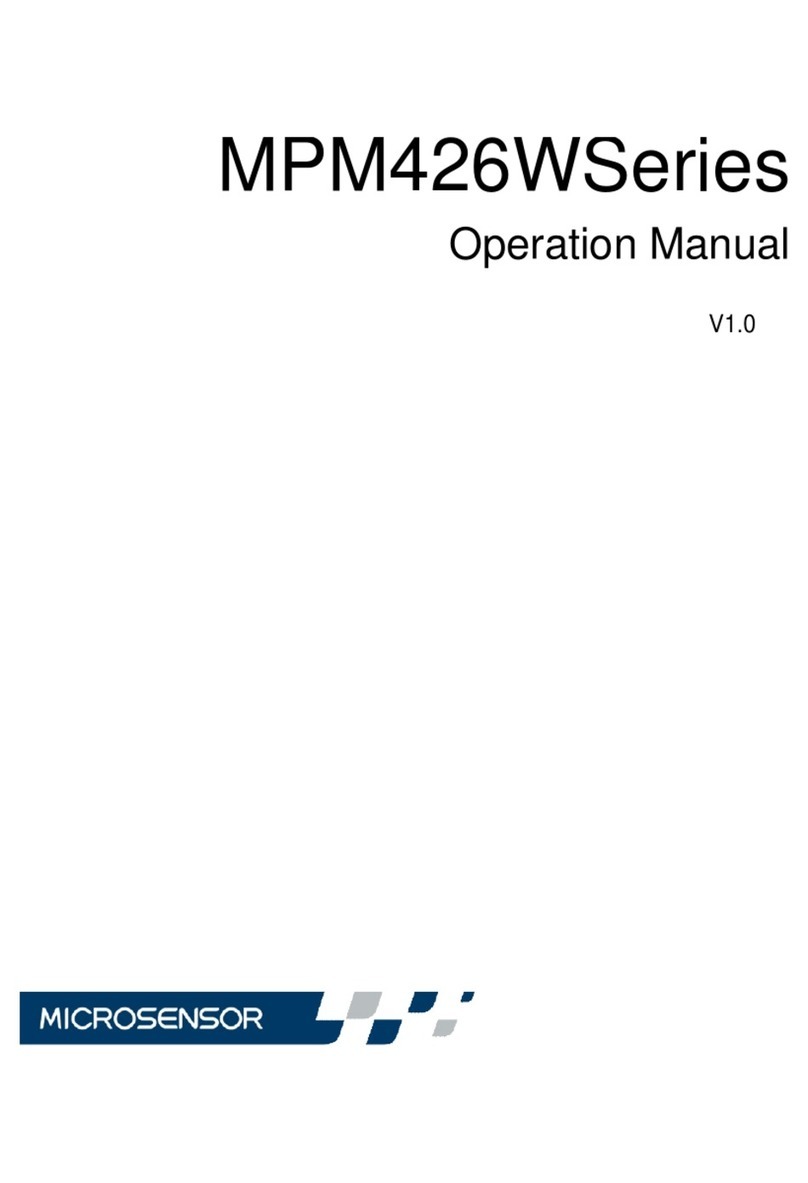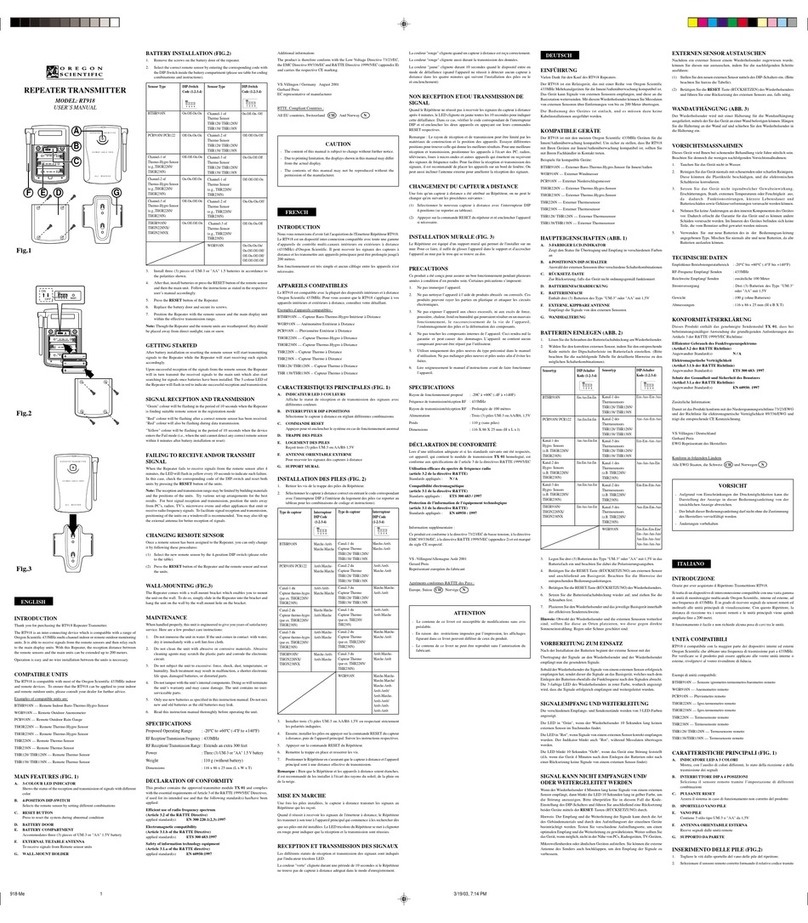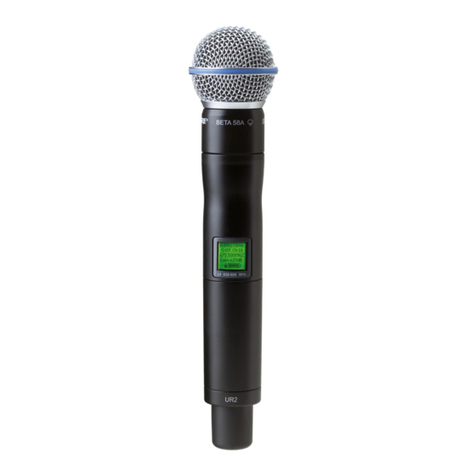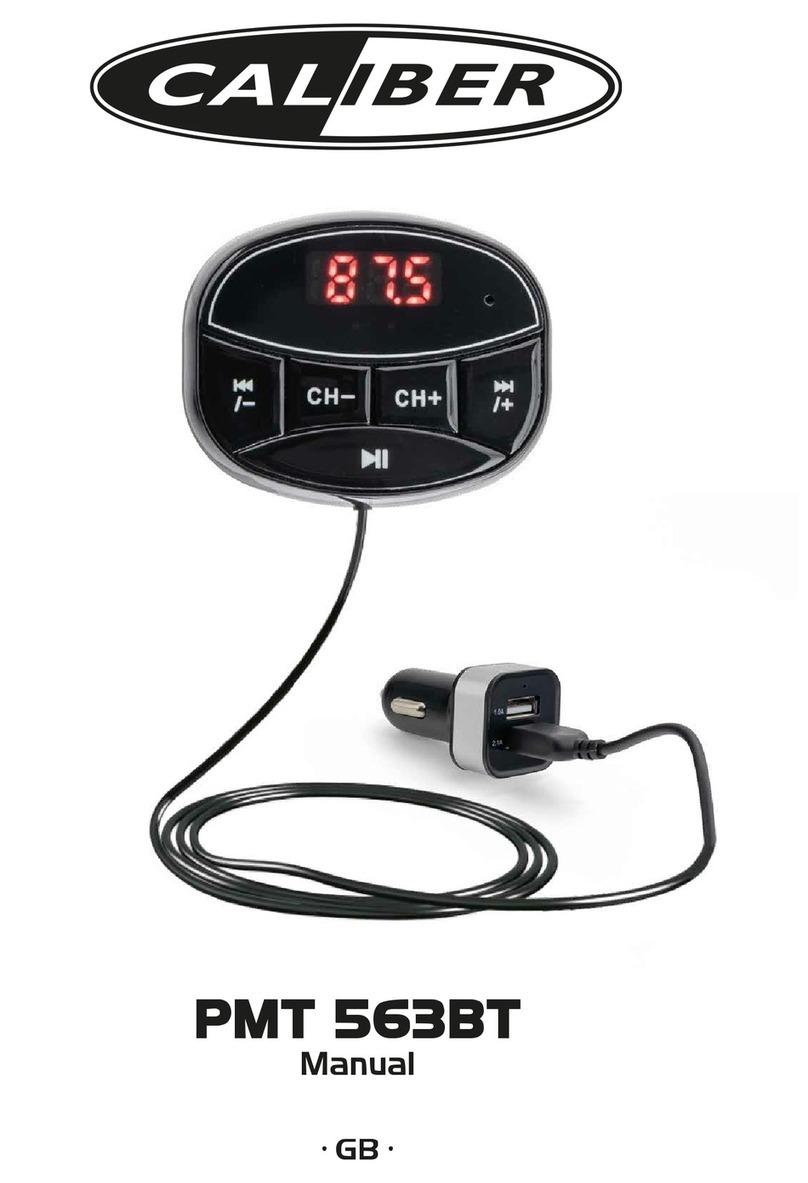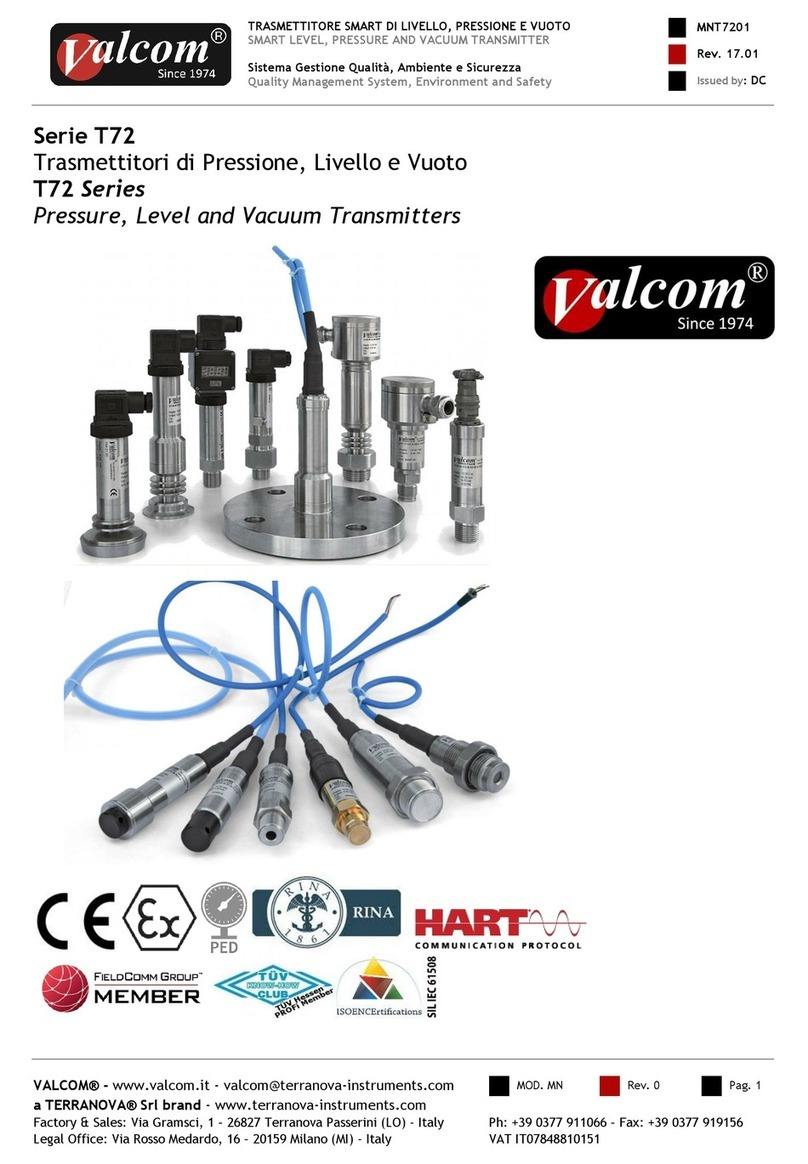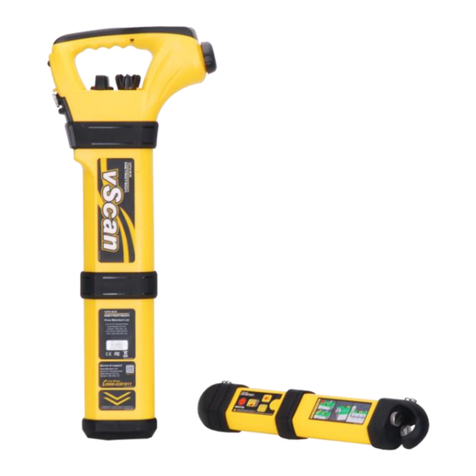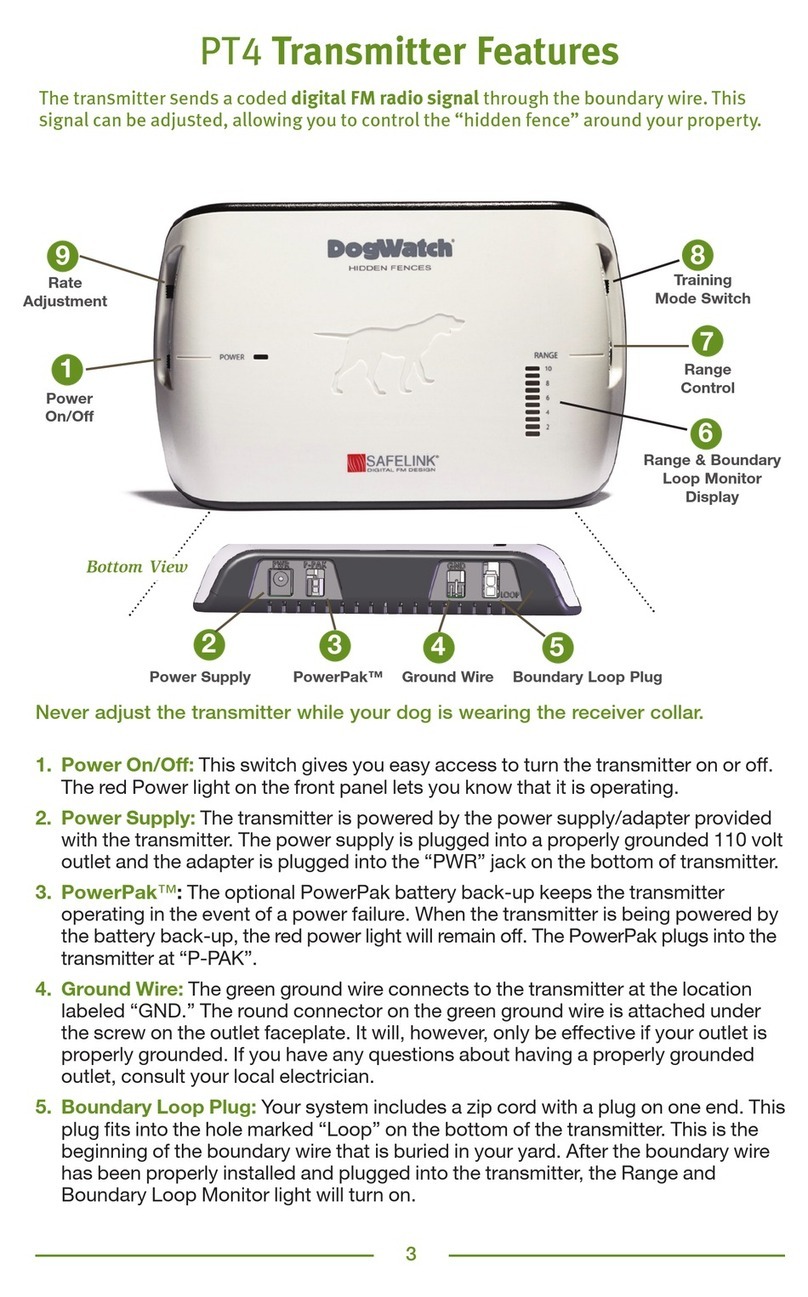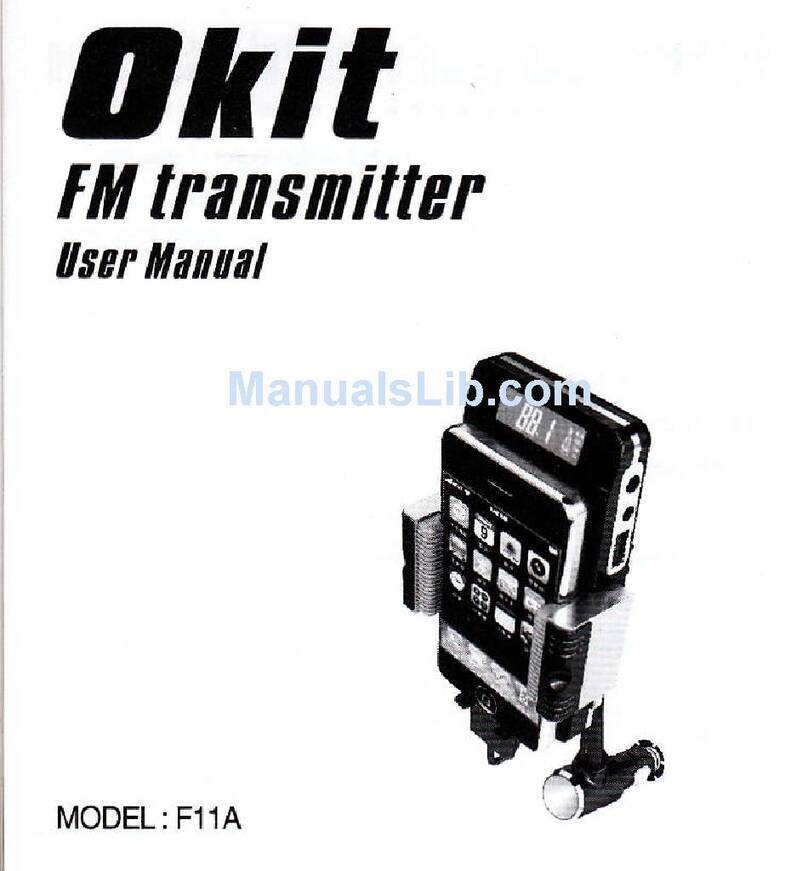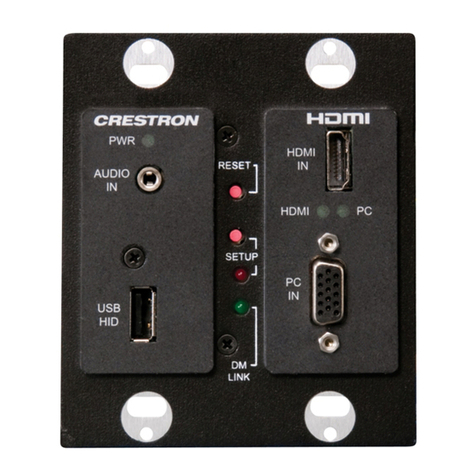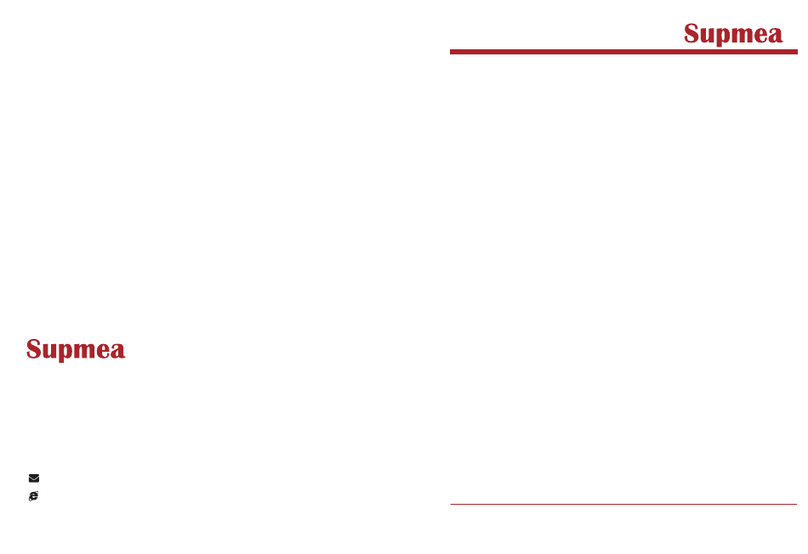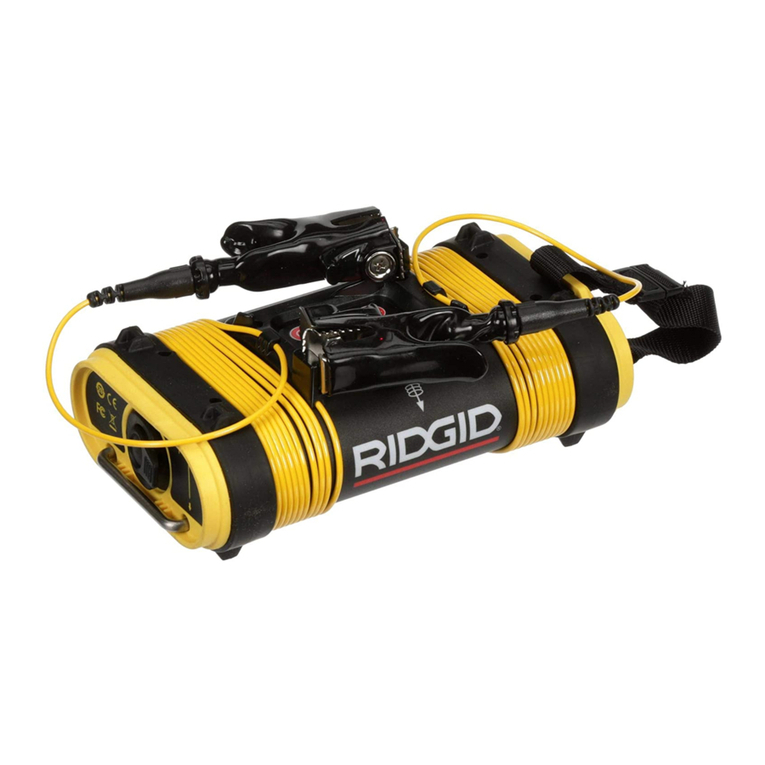Easidew Transmitter User’s Manual
iv 97504 Issue 2, May 2018
Contents
Safety ....................................................................................................................................... v
Electrical Safety .................................................................................................................. v
Pressure Safety .................................................................................................................. v
Toxic Materials.................................................................................................................... v
Repair and Maintenance...................................................................................................... v
Calibration.......................................................................................................................... v
Safety Conformity ............................................................................................................... v
Abbreviations............................................................................................................................ vi
Warnings .................................................................................................................................. vi
1 INTRODUCTION .......................................................................................................... 1
2 INSTALLATION............................................................................................................. 2
2.1 Unpacking the Instrument......................................................................................... 2
2.2 Preparation of the Sensor Cable................................................................................. 3
2.3 Cable Connection...................................................................................................... 4
2.4 Electrical Schematic .................................................................................................. 5
2.4.1 Electrical Boundaries ........................................................................................... 6
2.4.2 Digital Communication (M12 Version only) ............................................................ 6
2.5 Transmitter Installation ............................................................................................. 6
2.5.1 Sampling Considerations...................................................................................... 6
2.5.2 Sampling Hints ................................................................................................... 8
2.5.3 Transmitter Mounting ........................................................................................ 11
2.5.3.1 5/8” 18 UNF Version ................................................................................... 11
2.5.3.2 3/4” - 16 UNF Version ................................................................................. 12
2.5.3.3 G1/2" BSPP Version .................................................................................... 12
2.5.3.4 Installation using Additional Thread Adaptor................................................. 12
3 MAINTENANCE .......................................................................................................... 14
Figures
Figure 1 DIN43650 Transmitter Unpacking Method ......................................................... 2
Figure 2 Connector Terminal Block Removal ................................................................... 3
Figure 3 Wiring Connections ......................................................................................... 3
Figure 4 Connector Installation...................................................................................... 4
Figure 5 Connector Installation...................................................................................... 5
Figure 6 2-Wire Connection Diagram ............................................................................. 5
Figure 7 Maximum Load of Easidew - Including Cable Resistance .................................... 6
Figure 8 Installation Location ........................................................................................ 7
Figure 9 Transmitter Mounting - Sensor Block................................................................. 8
Figure 10 Material Permeability Comparison ..................................................................... 9
Figure 11 Dead volume ................................................................................................ 10
Figure 12 Transmitter Mounting - Pipe or Duct ............................................................... 11
Figure 13 Transmitter Mounting with Adapter ................................................................ 13
Figure 14 Replacement of HDPE Guard.......................................................................... 14
Figure 15 Dimensions - Easidew ................................................................................... 17
Appendices
Appendix A Technical Specifications ...................................................................................16
Appendix B Quality, Recycling & Warranty Information ........................................................19
Appendix C Return Document & Decontamination Declaration..............................................21





















